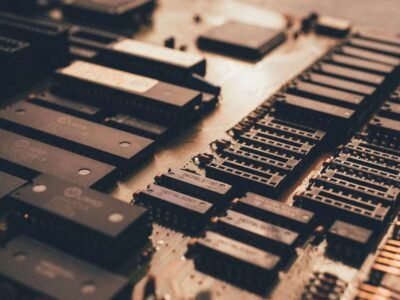AI’s Quiet Impact: How Artificial Intelligence is Powering Everyday Life
Artificial intelligence is one of the most transformative technologies of our time, yet its presence is often unnoticed. From smart devices to automated systems, AI is quietly powering many aspects of our daily lives. This blog explores the hidden role of AI in shaping modern society and how it is becoming an integral part of everyday activities. The Ubiquity of AI AI isn’t just reserved for hightech labs or futuristic concepts; it’s already embedded in our daily routines. From voice assistants to personalized recommendations, AI is enhancing convenience and efficiency in ways we don’t often recognize. 1. Smart Devices: AIpowered devices, such as voice assistants (e.g., Alexa, Siri), smart thermostats, and home security systems, are designed to make our lives easier by automating tasks and responding to our needs. 2. Personalized Services: AI algorithms are used by streaming services, social media platforms, and online retailers to offer personalized recommendations based on our preferences and behavior.



















